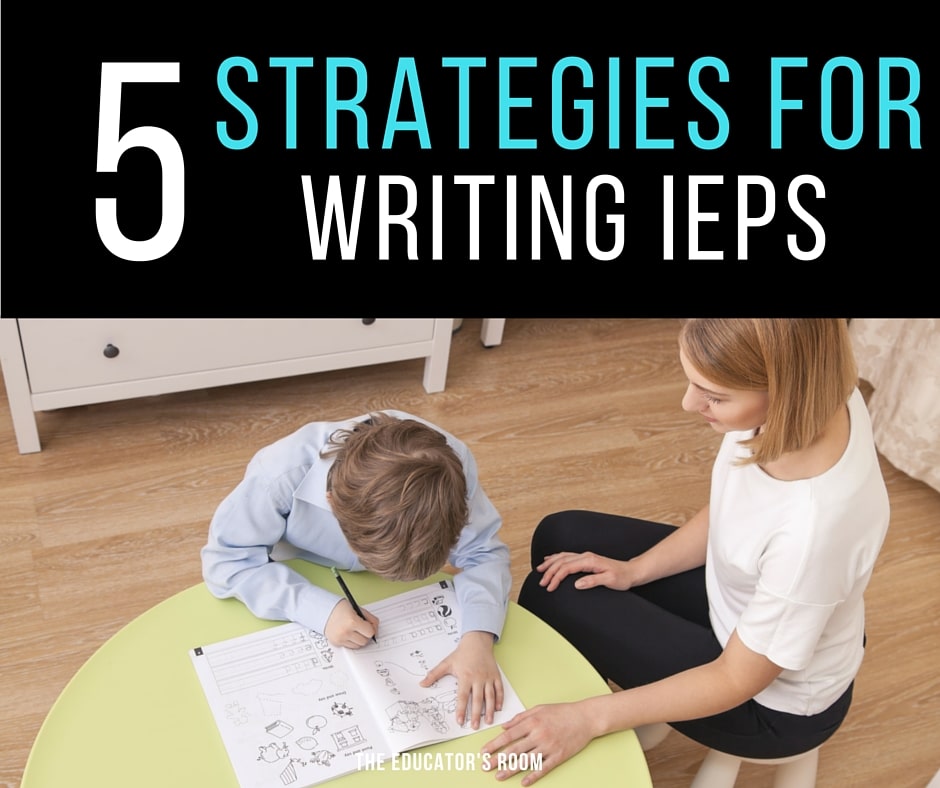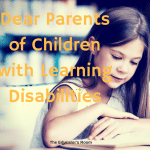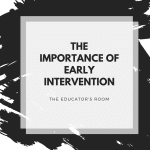Spring Break is the long awaited oasis, the reason we survive as teachers from Christmas Break until summer. But if your district is like mine, Individualized Education Plans (IEPs) are due by the end of the year. We like to call this IEP Season. Unlike flu season, this part of the job cannot be avoided with a vaccine! April and May are often a whirlwind of fun activities in classrooms and school wide. OK, maybe not a whirlwind, but sometimes it feels that way to me. As Special Educators, we are much less party and a lot more paperwork.
[fusion_builder_container hundred_percent=”yes” overflow=”visible”][fusion_builder_row][fusion_builder_column type=”1_1″ background_position=”left top” background_color=”” border_size=”” border_color=”” border_style=”solid” spacing=”yes” background_image=”” background_repeat=”no-repeat” padding=”” margin_top=”0px” margin_bottom=”0px” class=”” id=”” animation_type=”” animation_speed=”0.3″ animation_direction=”left” hide_on_mobile=”no” center_content=”no” min_height=”none”][bctt tweet=”Having strategies in place to help you get ready for IEP Season can reduce the paperwork and the stress involved in such important planning and meetings.”], much like the flu vaccine helps you feel more prepared. So let’s talk about how we can increase your productivity, create an atmosphere of support and respect from all stakeholders, including the student, and produce meaningful IEPs that will benefit students.
1 – Involving the student at any age is important.
Many of us teach elementary age students and will never write a transition plan, requiring student input. However, I have always found that involving all my students in their own goals builds a sense of urgency towards meeting those goals. Whether it was kindergartners setting the number of books to read or full blown IEP goals, students need to know what you want them to do, then they want to show you that they can. I truly believe that people want to succeed and to please others. Showing someone how to be successful drastically increases his or her chances of doing so!
Self-determination, as defined by Arndt, Test, & Conrad (2006), includes student participation in the IEP meeting, contribution to the present level and goals, and eventually leads to generalization of the skills defined by those goals. They conducted five case studies of students who actively participated in their own meetings, which led to increased awareness of goals and, in some instances, more success achieving the goals.
What I like to do to involve my elementary students is to have a discussion about how everyone has strong areas and weak areas. If you come in my classroom at that point, you will see my flexing my biceps and becoming animated, strutting around like a weight lifter in competition. Then I give a class assignment where every student writes or dictates to an adult what they feel that they do best and where they feel they feel they need more help. For older students, this could be done utilizing the actual IEP goals from the previous year, to do a self-rating procedure. I recommend choosing the five most important goals for the child, based on the child’s disabilities. For instance, if a child is EBD or OHI, behavior may be an important aspect for self-determination. For the child’s academic goals, you may want to use the measurable skills from the big goal. I have included both forms for you to use. Please feel free to modify them to your needs.
Lastly, if appropriate, allow the child to attend the meeting, if only for five minutes. Having the child attend the IEP meeting allows him/her to see that many adults are involved in their education, and it gives an opportunity for others to praise the child and reinforce the importance of learning.
2 – Parents need to feel involved.
[bctt tweet=”As a parent of two children with learning disabilities, I have had my fair share of time in the Parent Chair.”]
The thing I wanted most was to know that the teacher knew my child, really knew who she was and what she could do. The other thing I wanted to know what that the teacher really cared what happened to my child, not just this year, but also in the future. Once I knew those two things, I could get on board with most of the “suggestions” in my children’s IEPs.
I start trying to earn parent buy-in and, ultimately, parent respect very early in the year. In fact, we pretend that Grandparents’ Day is in late September, make cards to practice our writing skills, and have an Afternoon Tea. Parents and grandparents are invited. These days, snacks include fruit and cheese instead of cookies and cakes. But the families get to see their children in a happy setting; great work is hanging on the walls, and it only lasts for half an hour. This first event sets the stage for parent expectations. It also allows us to build rapport quickly and easily in a more social, relaxed setting. It is only really a meet and greet, but it leaves them feeling good about your environment.
So when I have spent the year making phone calls and sending emails catching their children doing well, as well as those other phone calls regarding the not-so-great moments, I feel as though I know most parents rather well. If I have done a good job bonding with them, the IEP meeting will hopefully not feel so daunting.
As a part of my IEP planning, I know parents want input. So of course I have my handy-dandy parent input form from the district. I hate it. So in addition, I send my own form separately to avoid any conflict of interest. I am including the form for your use. Again, please feel free to modify it to your needs.
3 – Advanced planning with team members is very important.
If you’re like me, you only see PT, OT, and SLP when they pick up your students or at lunch. And if you are like me, you don’t see them at lunch because you are busy multitasking in your classroom, eating, grading, or surfing The Educator’s Room for help with a problem. It is extremely important to seek out the professionals involved in your student’s educational plan on a regular basis related to student performance. Not only are they a wealth of information and strategies, but also they see the child in a very different setting, either one-to-one or small group. They may have some stories to tell you about your student that open a whole new perspective for you. Additionally, you do not want to be pressed for time if you are only meeting once with each professional before the IEP.
4 – Writing goals can be difficult when including both standards requirements and individual needs.
It’s a confusing time in the field of education. We have Common Core standards that must be met for every student. Yet we have a federally recognized document, the IEP, that establishes appropriate goals for the individual student. All students must pass the high-stakes assessments for promotion, even if their development has not reached that stage of skill mastery. So how do we ensure that goals are both legal, ethical, and appropriate?
Before I begin my IEP season, I like to peruse this document, the Redmond Goal Bank. I didn’t say I read the document because it contains 3851 measurable goal statements from areas including ELA, Math, Social/Emotional, Study Skills, Vocational Skills, Independent Living, and Self Management Skills, to name a few. What this does for me is spark my memory to consider the types of goals each student may need, as well as give me quick access to appropriate wording and measurement ratings. Let’s not recreate the wheel every time we write an IEP, but let’s also not write the same IEP for every child, as I have seen much too often. This plan should be based solely on the child’s specific needs and required standards, per your district.
5 – Ensure the meeting is successful by following a few tips from IDEA.gov.
There are three types of verbal interactions seen in a meeting: debate, discussion, and dialogue. All three are necessary to ensure all stakeholders are heard. Debate is the least effective strategy as it often accepts facts as truth without evidence and attempts to persuade or change the mind of one of the stakeholders. Discussion allows the participants to weigh in with opinions and allows for disagreement. Dialogue involves active listening with an attempt to establish common ground. Try to keep your meeting in a dialogue as often as possible. Even during the reading of the present levels and goals, you can elicit parent thoughts, concerns, or suggestions.
Start on time, and finish on time. Time must be respected for all members of the team. And please, please print all your forms the day before. Guaranteed, the printer will run out of ink the morning of your meetings!

Arndt, S., Test, D., & Konrad, M. Effects of the Self-Directed IEP on Student Participation in Planning Meetings. Remedial and Special Education July/August 2006 27: 194-207.
[/fusion_builder_column][/fusion_builder_row][/fusion_builder_container]







Leave a comment